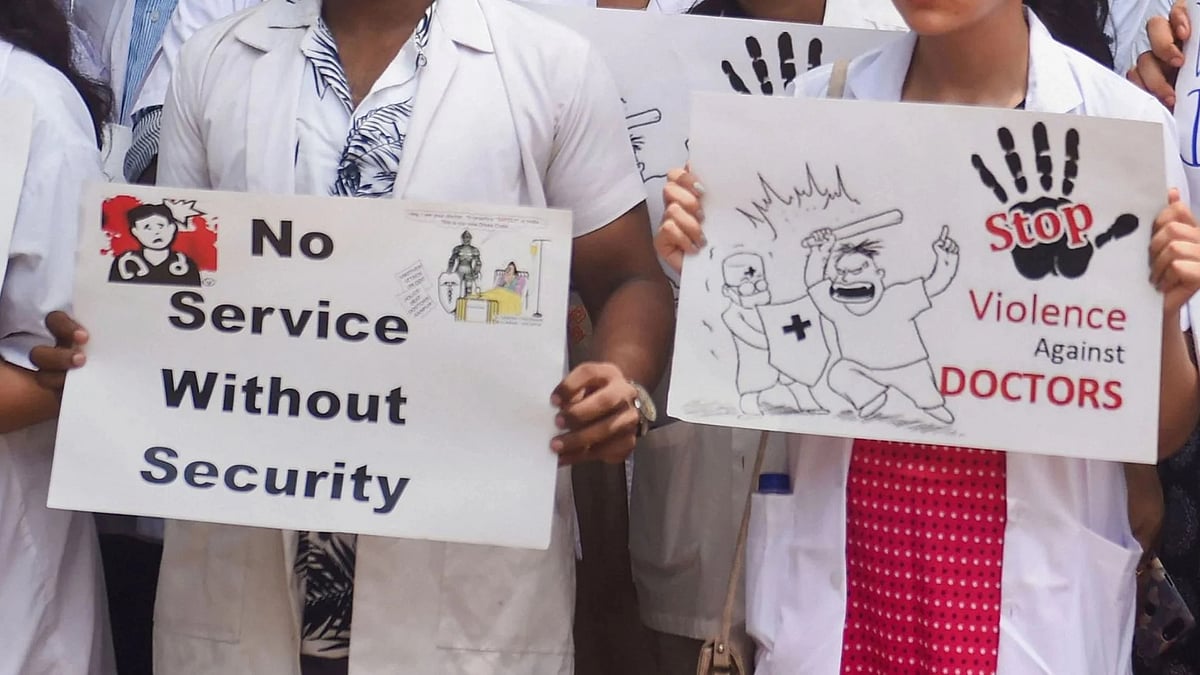In the race to digitize healthcare, much attention has been given to electronic health records, telehealth, and AI-driven diagnostics. Yet there is another domain, often overlooked, that determines how patients actually experience care: patient access.
This is the “front door” of healthcare—the processes that govern scheduling, registration, insurance checks, and authorizations. It is here that patients form their first impressions of the system. And it is here, argues U.S. healthcare technology veteran Praveen Rawat, that digital transformation can have the most immediate and lasting impact.
In his recent paper, “Patient Access Reports – Digital Transformation” published in the Journal of International Crisis & Risk Communication Research (JICRCR), Rawat lays out a vision of patient access as a strategic imperative. His analysis makes clear that upgrading these workflows is no longer optional. It is essential for timely, seamless, and equitable care.
From Manual Processes to Digital Gateways
For decades, patient access relied on paper forms, phone calls, and siloed systems. Rawat’s research shows how this model has been fundamentally disrupted by cloud-based platforms, AI-driven scheduling tools, and self-service digital portals.
By integrating eligibility verification, registration, and appointment booking into unified workflows, health systems can now deliver real-time insurance checks, automated reminders, and intelligent routing to the right provider. The effect is dramatic: reduced wait times, fewer administrative errors, and a smoother patient journey.
What was once a bureaucratic chokepoint is becoming an intelligent gateway to care.
Interoperability as the Backbone
A central theme in Rawat’s paper is the importance of interoperability. Digital access initiatives are only as strong as the data that flows through them. Using FHIR-based APIs, healthcare organizations can now exchange accurate, real-time information between payers, providers, and patients.
This is more than technical plumbing. It is the safeguard against care delays caused by missing or outdated data, and it ensures compliance with regulations such as the CMS Interoperability and Patient Access Final Rule. By making data flow seamlessly, interoperability turns patient access from an administrative formality into a driver of better care coordination.
Analytics That Bring Out Bottlenecks
Rawat also points to the role of analytics and reporting in reshaping access. Advanced tools can now identify where bottlenecks occur—whether in authorizations, appointment no-shows, or demographic disparities in access.
This data-driven visibility allows health systems to reallocate resources intelligently and target interventions where they are needed most. For underserved populations, this can mean reduced barriers to care and better alignment of services with community needs.
The inclusion of AI-driven decision support systems takes it a step further. By identifying at-risk patients in advance and optimizing scheduling capacity, these tools give providers the ability to intervene before small problems escalate into crises.
A Strategic Need-of-the-Hour
What emerges from Rawat’s work is a clear message: digitizing patient access is not a side project. It is a strategic imperative.
As health systems move from fee-for-service to value-based care, front-end processes become a key differentiator. Efficient, user-friendly access workflows improve member satisfaction, reduce waste, and build trust. In a competitive healthcare environment, those advantages are no longer optional—they are survival tools.
Rawat’s paper positions patient access as both a business priority and a moral one. By modernizing the gateway to care, healthcare organizations can deliver not just efficiency but also equity, ensuring underserved populations are not left behind in the digital era.
A Thought Leader’s Voice for the Future
With more than 15 years in U.S. healthcare technology, Rawat has led core system migrations, payer integrations, and compliance-driven overhauls. That experience is evident in his research. His vision is not speculative but rooted in practical understanding of how systems succeed—or fail—under real-world pressures.
By placing patient access at the center of digital transformation, Rawat is highlighting what many in the industry have long ignored: the first point of contact is as important as the last. And in an age of rising expectations from digitally empowered patients, healthcare organizations that fail to modernize this front door risk falling behind.
As the concluding thought, Praveen Rawat’s paper on patient access may serve as more than an academic study; it is a roadmap for how healthcare providers can thrive in a value-based, digital-first world. By focusing on automation, interoperability, and analytics, he shows how the simple act of scheduling and registration can become a powerful lever for efficiency, equity, and patient satisfaction.








